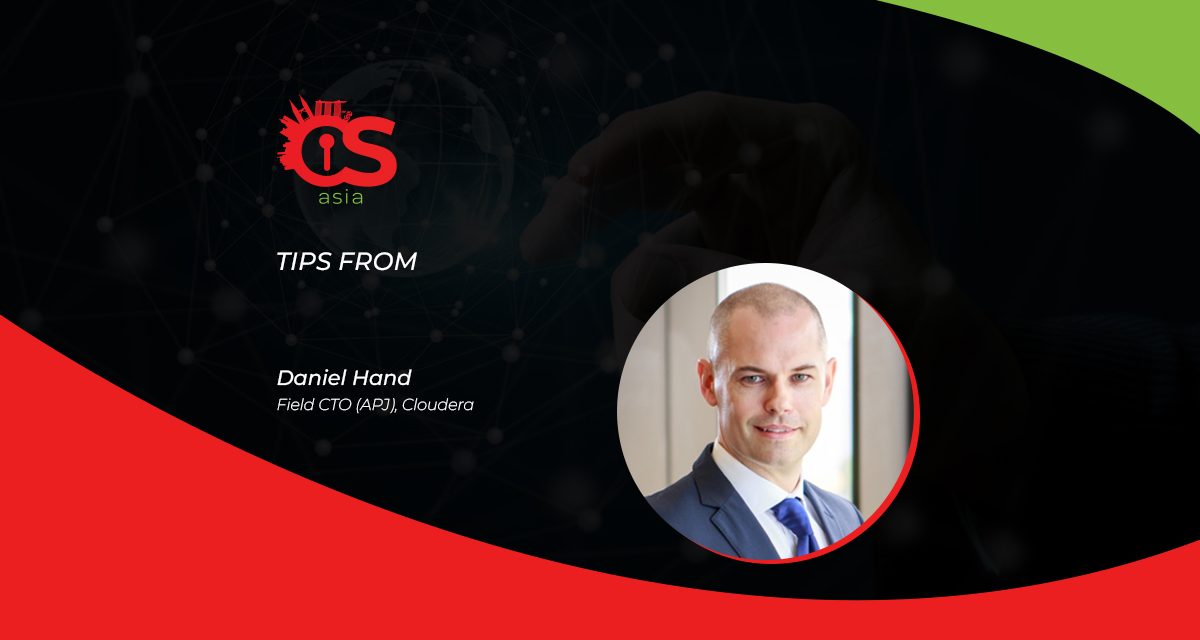And all the cybercriminals, state-sponsored actors and white hat hackers are merely players. Here is a refresher on cybercrime tactics…
According to the World Economic Forum, the total cost of cybercrime will be US$10.5tn by 2025. This includes the impact of threat actors targeting the commercial sector, and coordinated attacks of critical public sector infrastructure.
Disruption to processes and supply chains within manufacturing can result in significant financial losses and makes extortion a serious threat. Among the major vertical industries, manufacturing, financial services and insurance; and professional and consumer services have often been at the receiving end of many attacks.
Threat actors are motivated by many factors including financial gain, political ideology, grievances or vendettas. However, the extent of cybercrime and threat actor activity can only be based on estimates based on imperfect data. The number of different categories of threat actors, disparate data sets link to cyber incidents, and a lack of transparency, almost certainly mean the actual number of actors and events are far greater than reports suggest.

Types of cybercrime tactics
Threat actors’ motivations and methods can be classified into three areas:
1. Access vectors: These are the ways in which a threat actor gains access to a system or resource. The most common approach is using a spear phishing technique via email. This typically includes either a malware attachment or embedded link to an external malware service that a user inadvertently clicks on. People are the weakest link in the security chain and constitute a preferred route to gaining access to systems and networks.
The next most common access vector is exploitation of public facing applications. Web applications are increasingly providing us with convenient access to useful but often highly sensitive information. Organizations and policy makers continue to balance the convenience of access to data and services with the sensitivity of those services and the size and number of access vectors. Exploitation of public facing applications can occur as a result of software bugs or misconfiguration. Exploited applications often include web and application servers, but can also include databases and network services that are inadvertently exposed to the internet.2. Actions of objectives: Once threat actors have gained a foothold via an initial access vector, they may gain even greater access to resources or engage further actions such as installing malware (backdoors and ransomware), server and remote tool access, and compromising business emails. Ransomware attacks are not restricted to an individual or organization’s data, but may target disruption to organizational network services that include authentication, authorization, virtual compute, storage and networking. Side note: In 2019 the average time to deploy ransomware was two months, in 2021 it was only four days, a reduction of 94%.
3. Impact: In addition to cybercrime being a significant area of growth, exploitation of vulnerabilities and the harvesting of large amounts of sensitive data is happening more rapidly than ever before. Notable data breaches from 2023 include the ancestry data of 6.9m users at 23andMe, attributed to customers reusing passwords, which allowed hackers to brute-force logins by using publicly known passwords released in other companies’ data breaches.
While one could argue that brute-force attempts to crack passwords should be detectable with the authentication services of an application, and accounts temporarily suspended to thwart threat actors, this could inadvertently result in a denial of service for users whose accounts are under attack. While the reuse of passwords across multiple accounts is arguably a problem created by users, publicly accessible applications — especially those that can expose sensitive data — should enforce two-factor authentication.Another example from 2023 includes the ransomware attack on UK postal service Royal Mail that had led to months of disruption in the dispatch of letters or parcels to destinations outside of the United Kingdom. It had also resulted in the theft of sensitive data (personally identifiable information or PII in short) including technical information, human resource and staff disciplinary records, details of salaries and overtime payments, and even one staff member’s COVID-19 vaccination records.
The PII is then frequently sold on the Dark Web or other forums to conduct further operations against targets. While some of the data breaches may be attributed to organizations failing to meet the guidelines outlined in regulations and policies, many have fallen prey to threat actors silently gaining access to a user account or service with privileged access. In this case, threat actors are detected through their unusual behavior or by a notification or demand from the threat actor in order to extort money from the individual or organization.
With the abovementioned tactics, techniques and procedures, cybercriminals can mount coordinated attacks on complex networks and systems over extended periods, all the while gaining valuable information to support future attacks.
Keeping the network safe
As the number of access vectors increases, and organizations become more distributed and complex, detecting abnormal network behavior is becoming increasingly difficult. The solution, going forward will be to use Machine Learning (ML) models that detect complex patterns within large amounts of data.
For example, Security Information Event Management systems are increasingly using real-time data and engineered features collected from across a complex network of interconnected systems and devices. This requires real-time data to be collected, filtered and routed for anomaly detection. The process often includes engineering temporal features, normalizing data, enriching data with network or geolocation data, and identifying and tracking events of interest from the point of first occurrence.
Going forward, as the number of access vectors and the value of data and data-related services increases, so will the amount of cyberattacks. Failure to defend against these attacks may result in costly remediation work, disruption to critical processes, irrevocable damage to brand and fines from industry regulators.
Organizations will have to balance the need to provide timely access to data services while defending against threat actors. It will also be crucial to detect unusual behaviour of legitimate users that may indicate a compromised account.
Carefully restricting access to data and systems and logging access (or attempts to access) to systems will play an increasingly important role. Being able to do so in near-real time with constantly evolving ML models will be a foundational capability to protect organizations in the future.
















